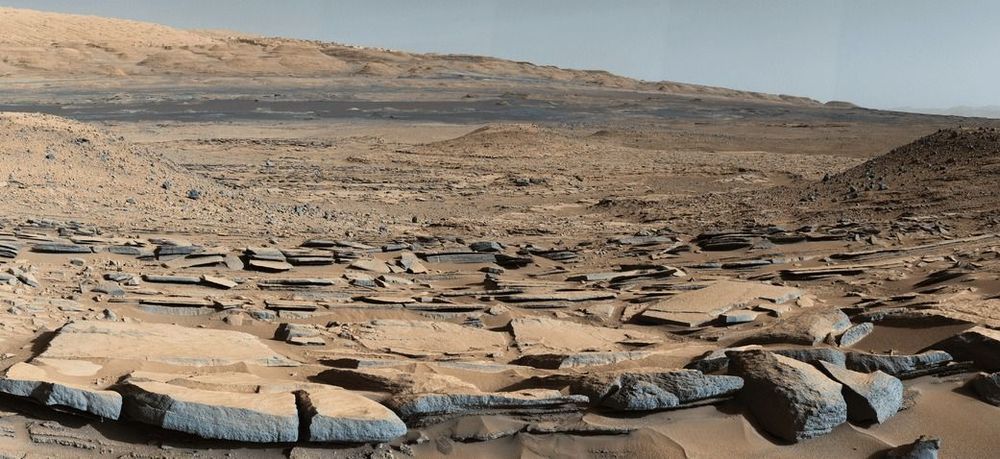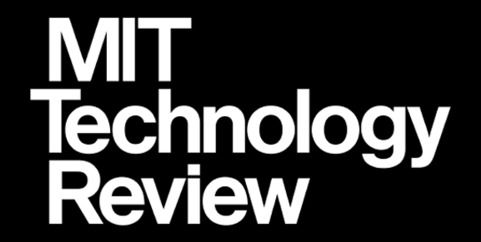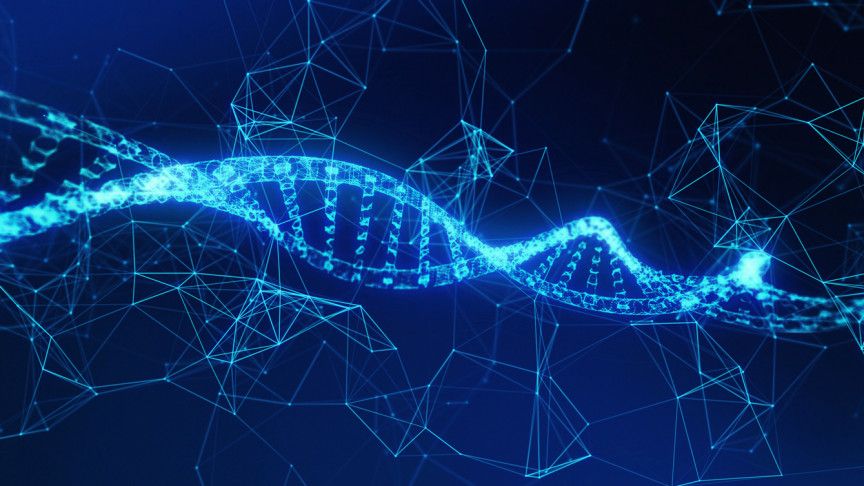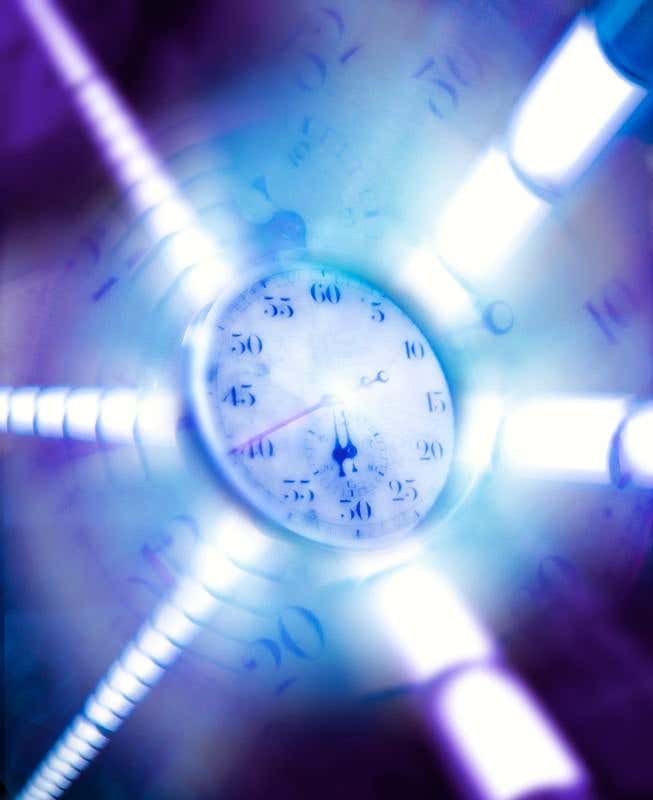SpaceX has come a long way. After being shocked by the absence of NASA’s concrete plans for a manned mission to Mars in the early 2000s, Elon Musk, the well-known entrepreneur and engineer, founded SpaceX in order to establish affordable access to space.
After spending a couple of years on designing, building and testing the first privately developed orbital rockets, the fourth launch of the Falcon 1 rocket into orbit was successful, marking the dawn of private space transportation. With its proven capabilities, SpaceX was awarded a substantial contract from NASA for supply missions to the International Space Station, providing the funding for a rapid development of new launch vehicles.







